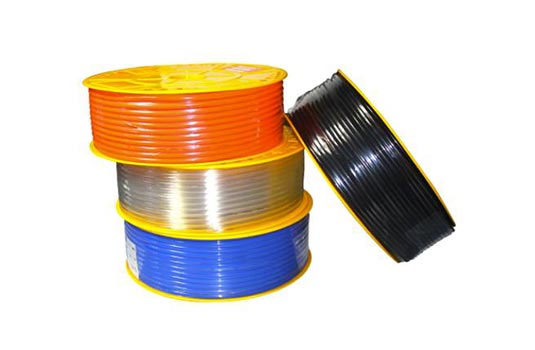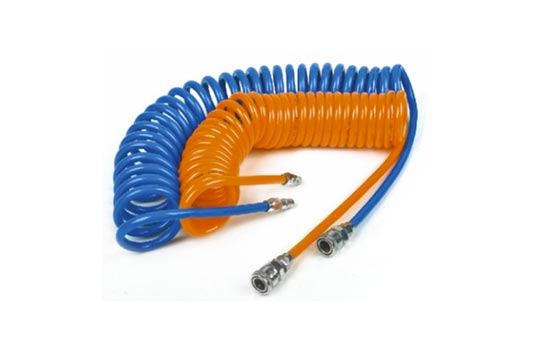How Do Pneumatic Plastic Tubes Work
 Oct 23, 2023|
Oct 23, 2023| View:645
View:645Pneumatic plastic tubes, also known as pneumatic tube systems, are used for transporting small items, documents, or samples over short distances within a facility. These systems use compressed air to propel a carrier or capsule through a network of plastic tubes. Here's how they work:

Carrier or Capsule: Items to be transported are placed inside a carrier or capsule, which is typically a cylindrical container made of plastic or a similar material. The carrier is airtight to prevent the escape of air pressure during transport.
Tube Network: A network of plastic tubes is installed throughout the facility, connecting various locations like offices, laboratories, pharmacies, or banks. These tubes are typically transparent to allow for easy monitoring of the carrier's movement.
Compressed Air: Compressed air is supplied by a central compressor or a local source. The air is pressurized to a specific level, creating a pressure differential between the source and destination points. The pressure difference forces the carrier to move through the tube.
Loading and Launching: At the sending station, an operator loads the carrier with the item to be transported and places it into the tube system. The carrier is then propelled into the tube using a burst of compressed air.
Routing: The carrier travels through the tube system, following a predetermined path. The tube network includes junctions and switches that direct the carrier to the correct destination.
Arrival and Unloading: At the receiving station, the carrier arrives and is automatically or manually unloaded by an operator. The transported item is then retrieved from the carrier.
Return and Reset: After unloading, the empty carrier can be sent back to the originating station for reuse. This is often done by reversing the airflow to propel the carrier back to its starting point.

Pneumatic tube systems are known for their speed and efficiency in transporting small items, especially in industries where quick and secure item transfer is essential, such as healthcare, banking, or manufacturing. They are commonly used for sending documents, medications, cash, and small laboratory samples within a building or campus.
These systems are relatively low-maintenance and can be configured to meet specific facility requirements, allowing for the efficient flow of items from one point to another.






